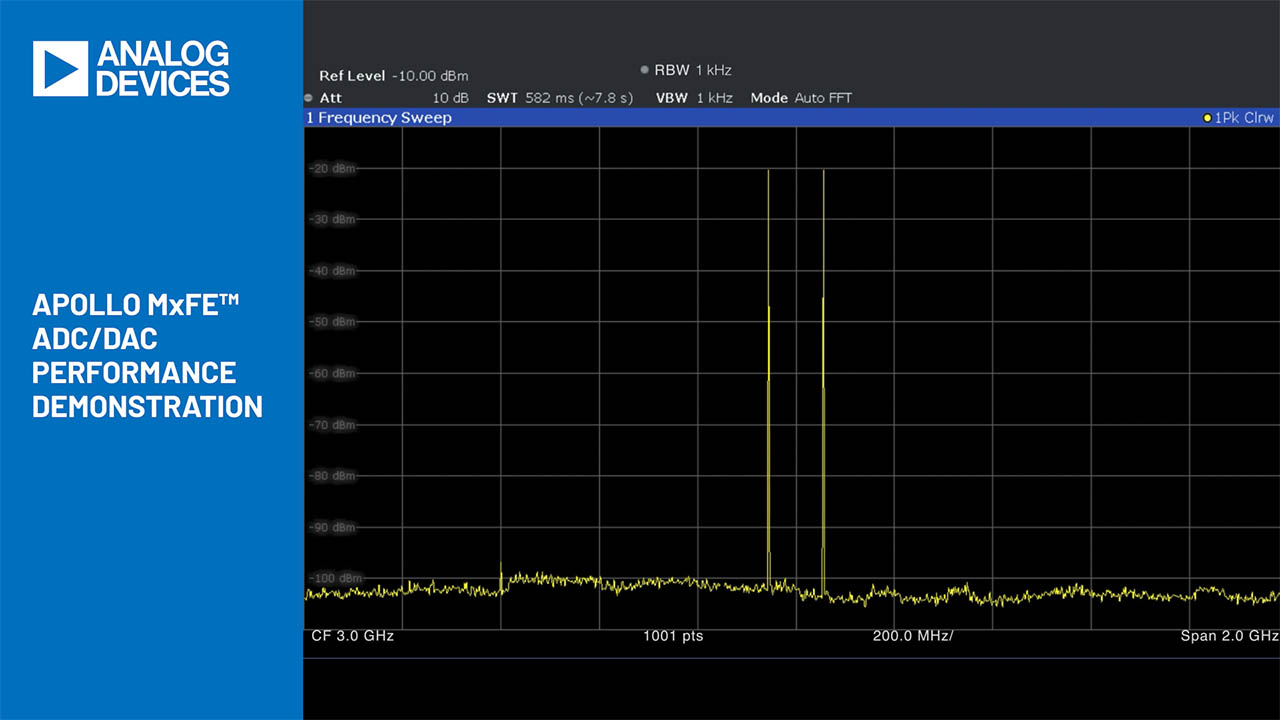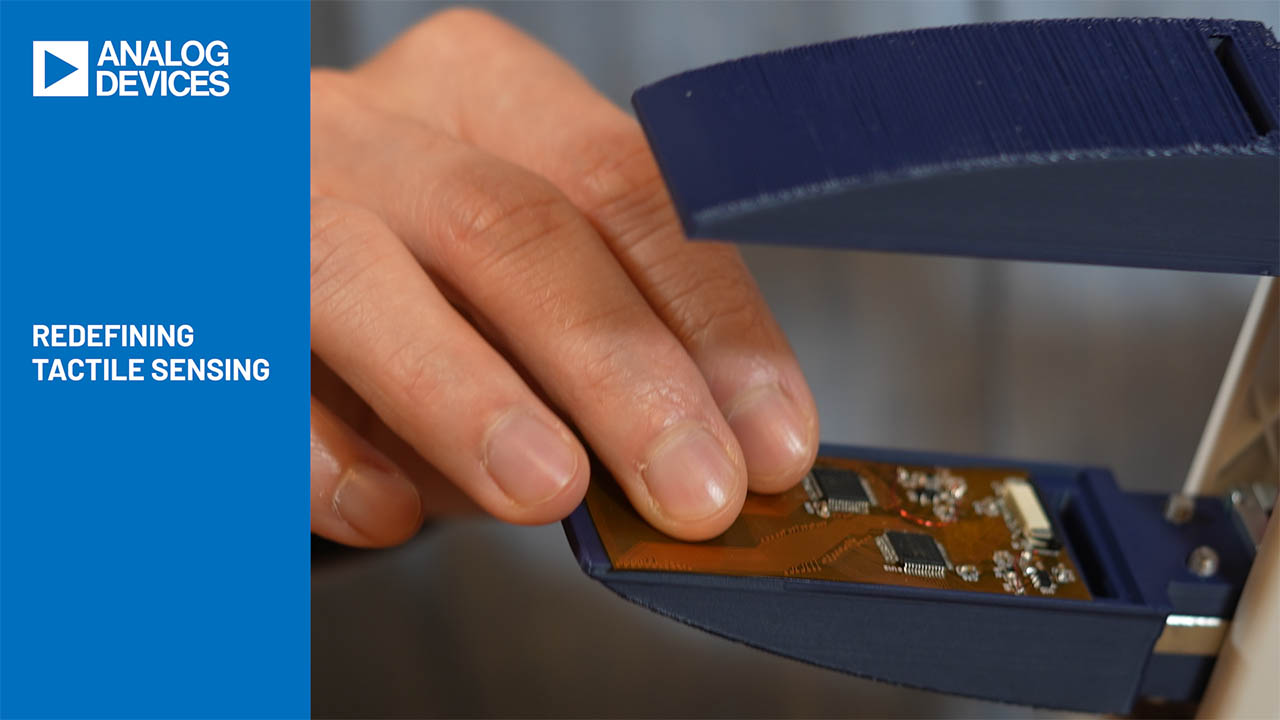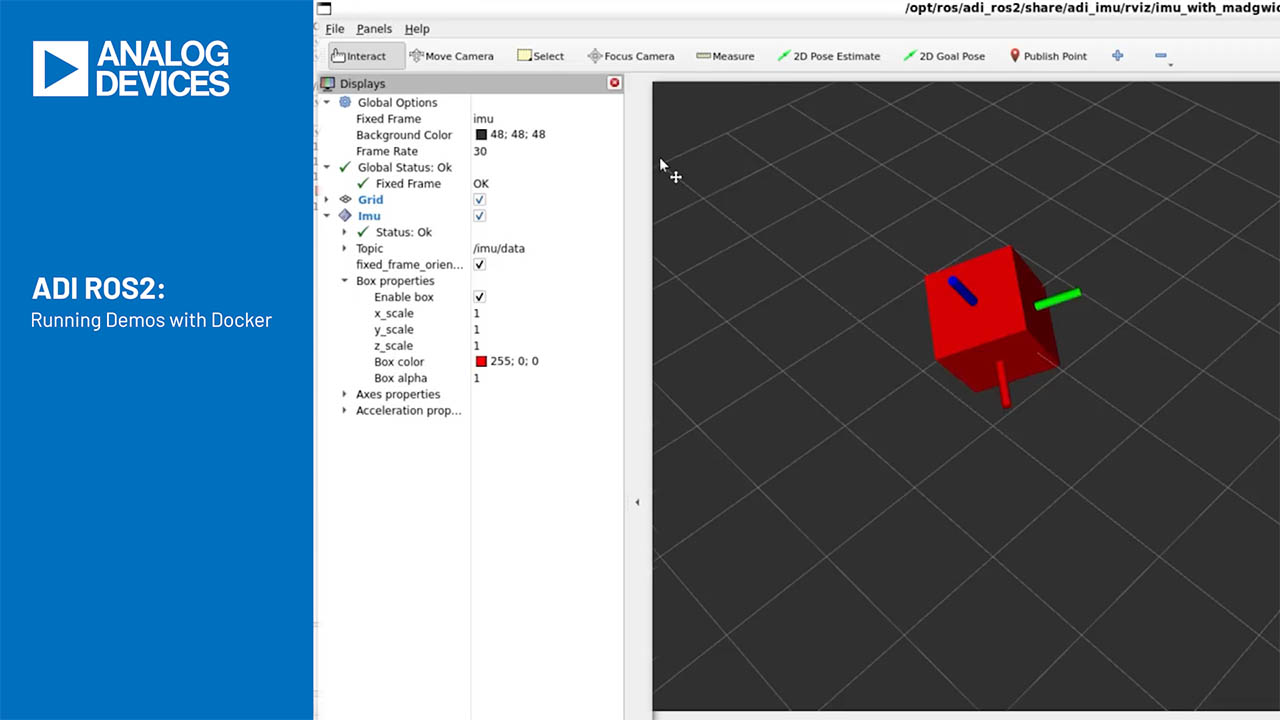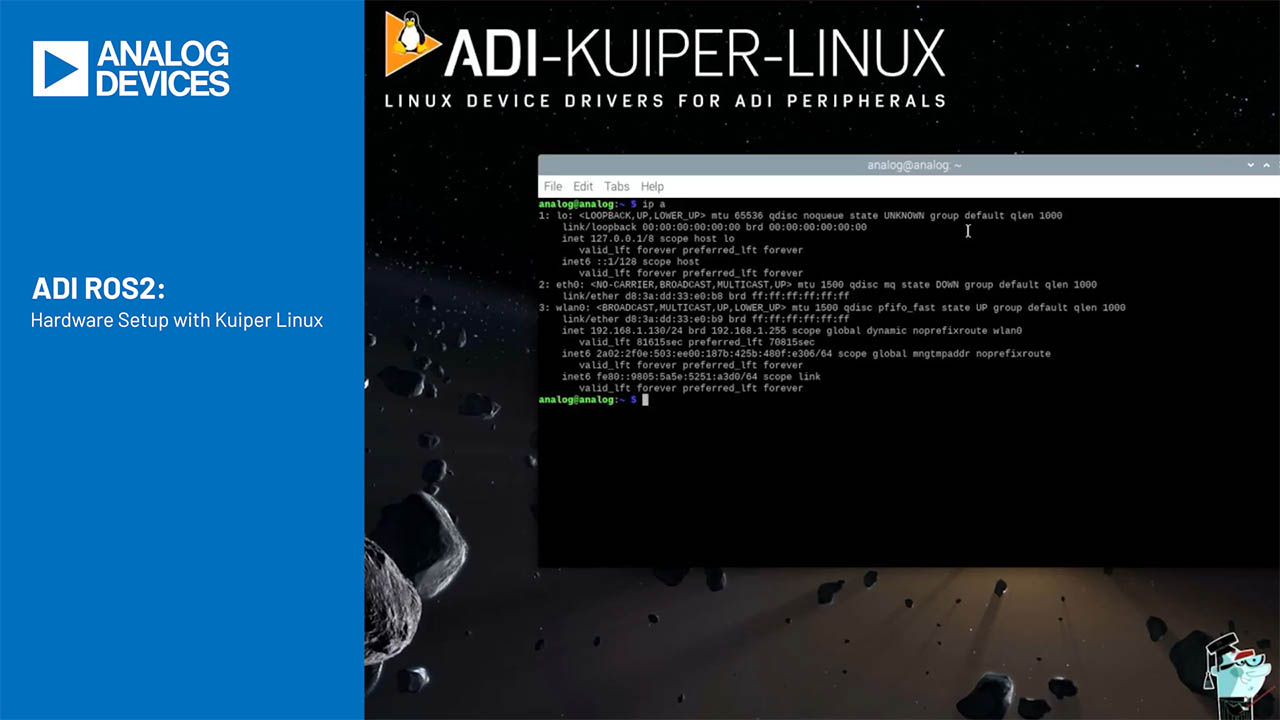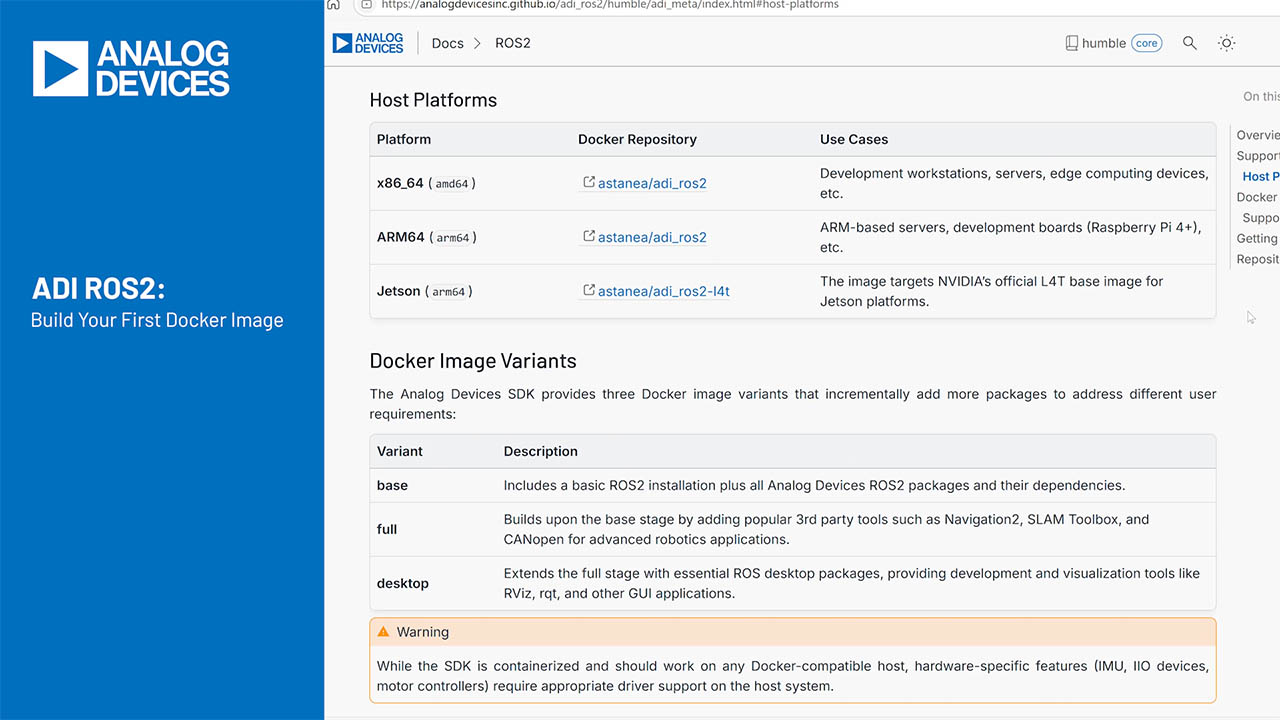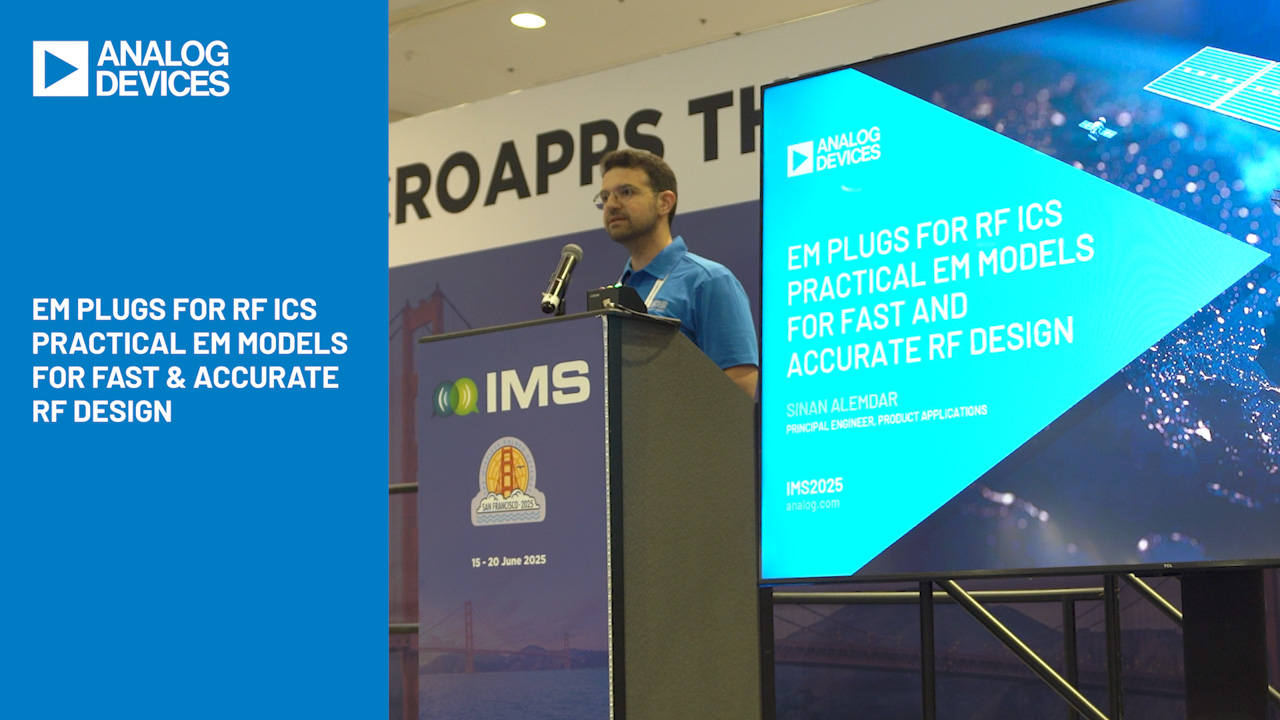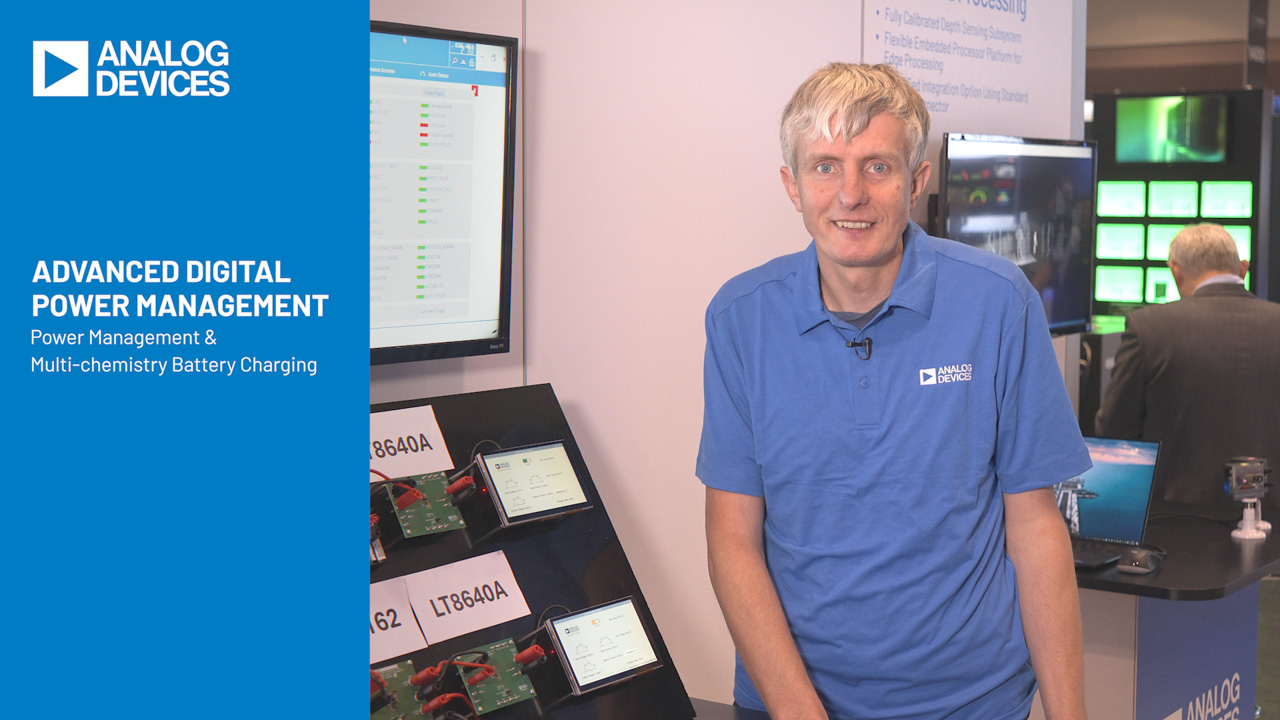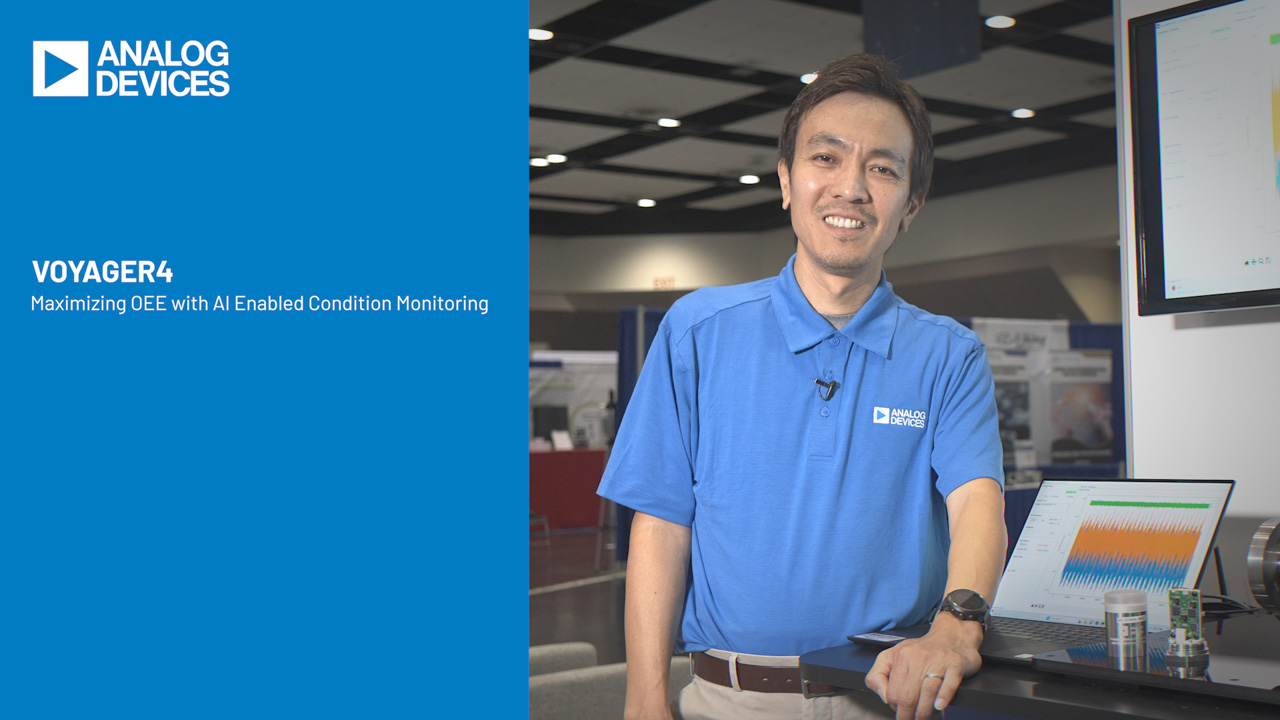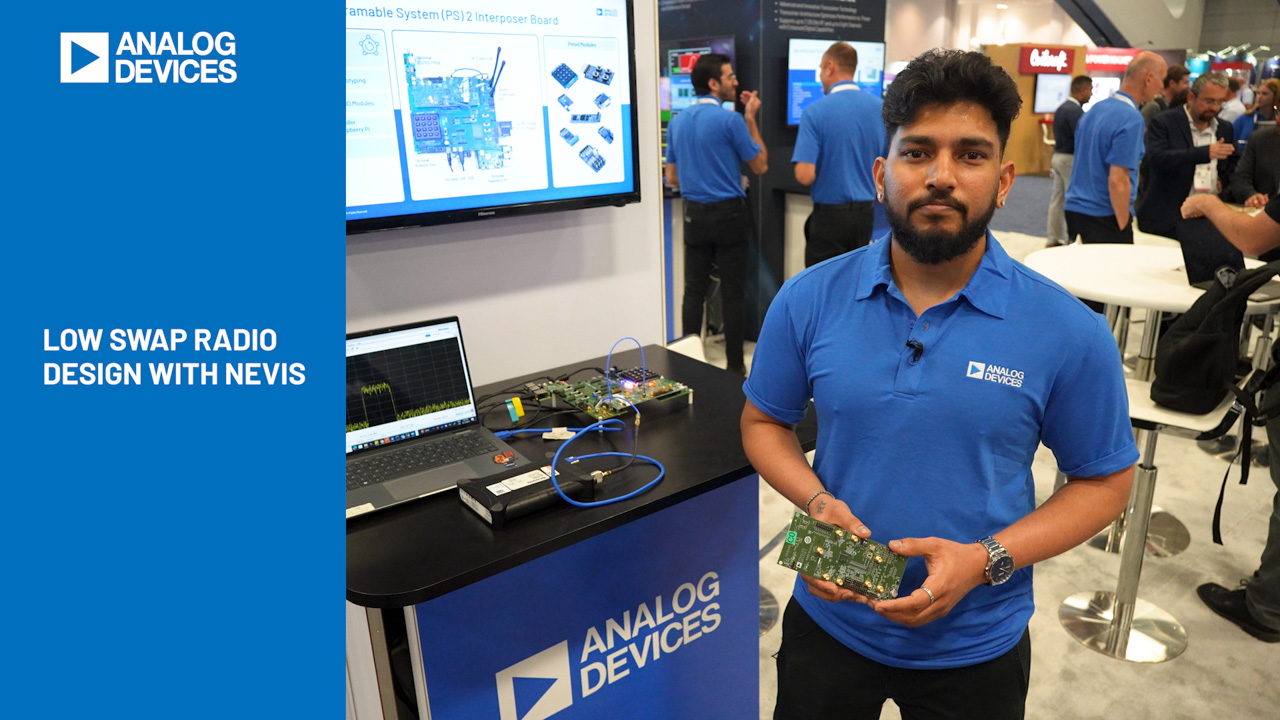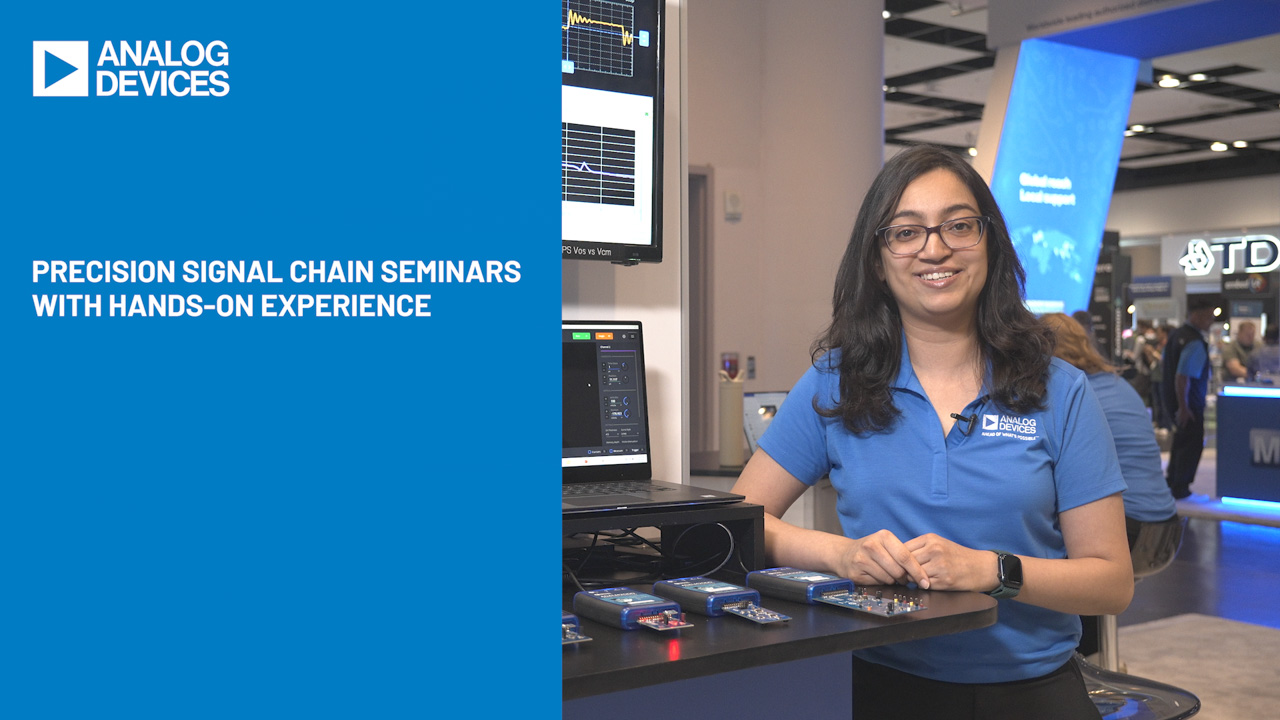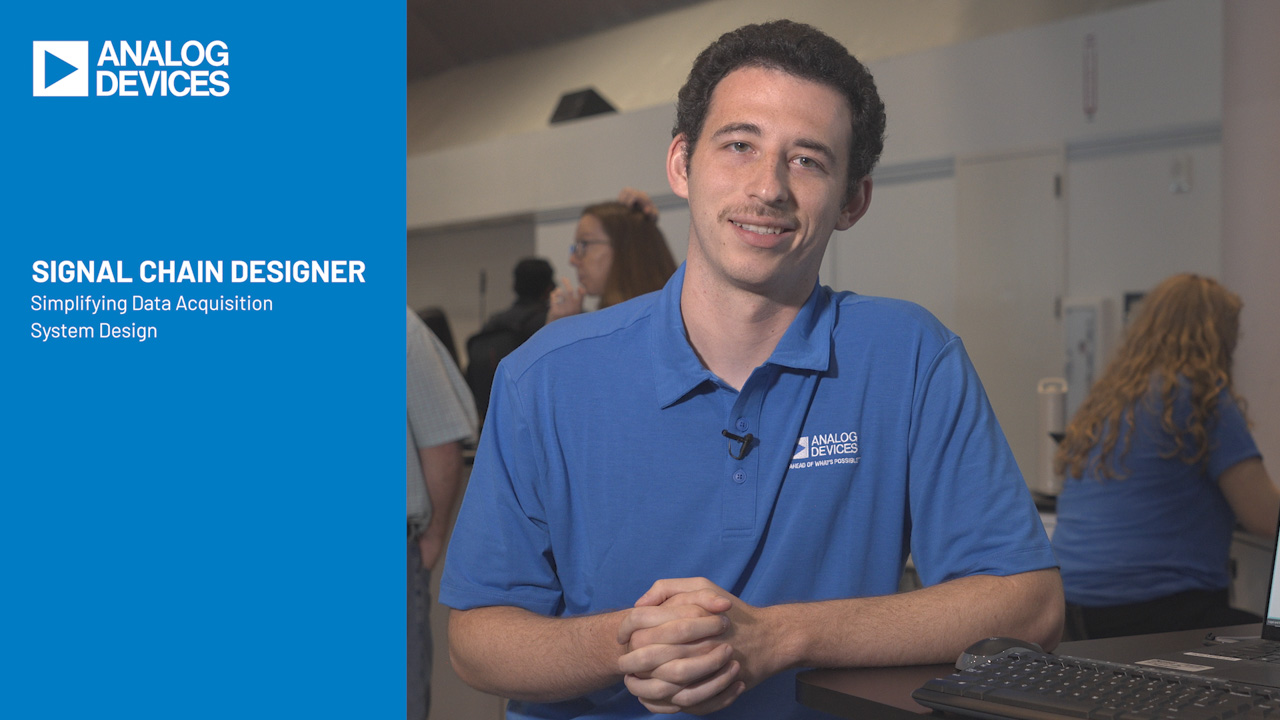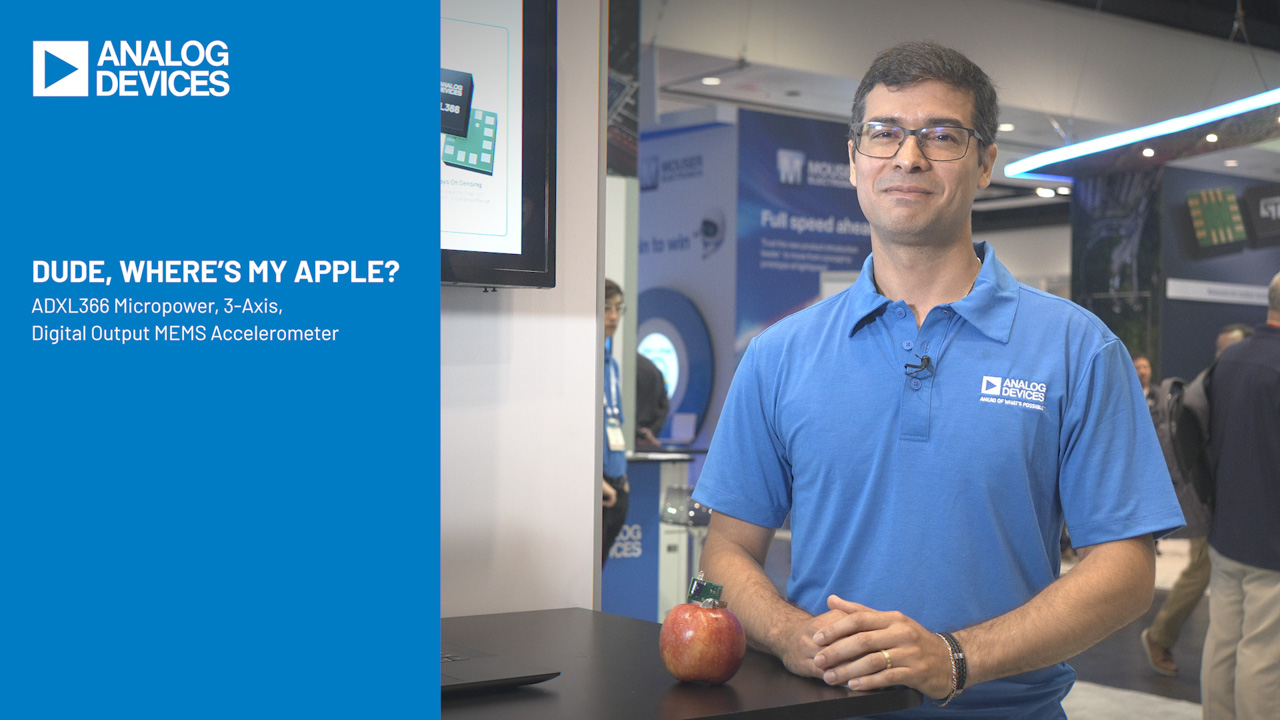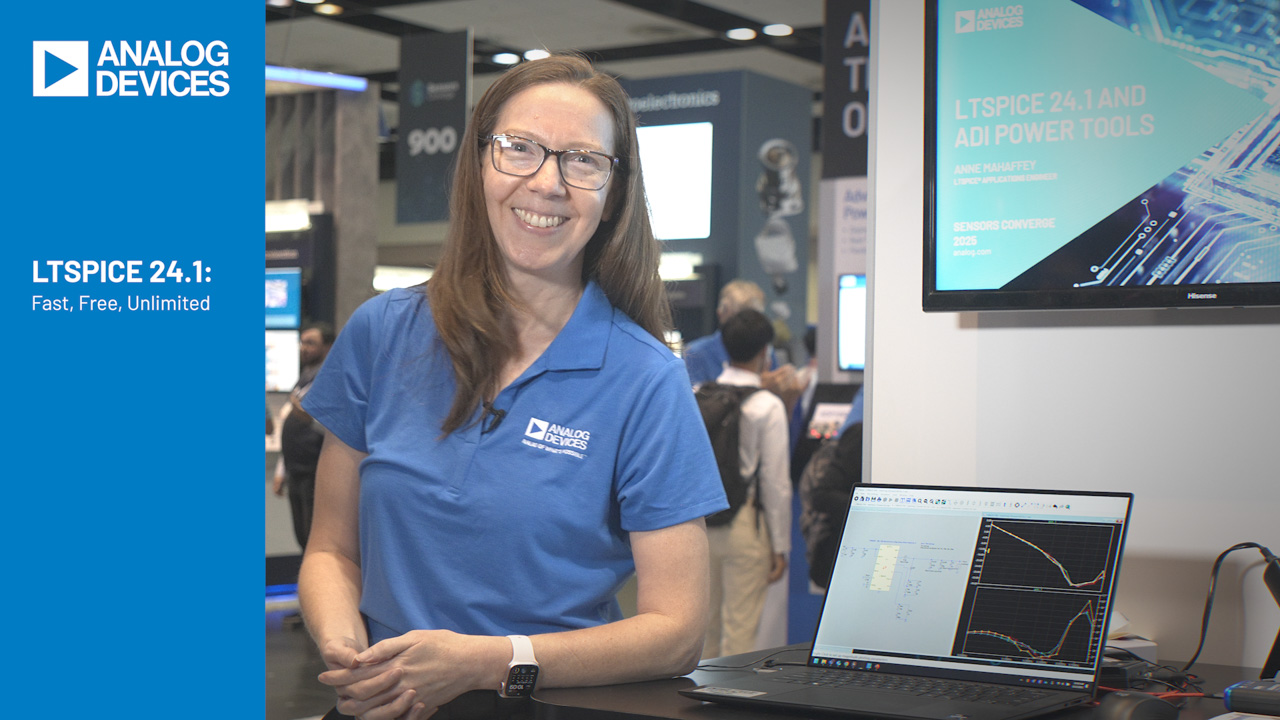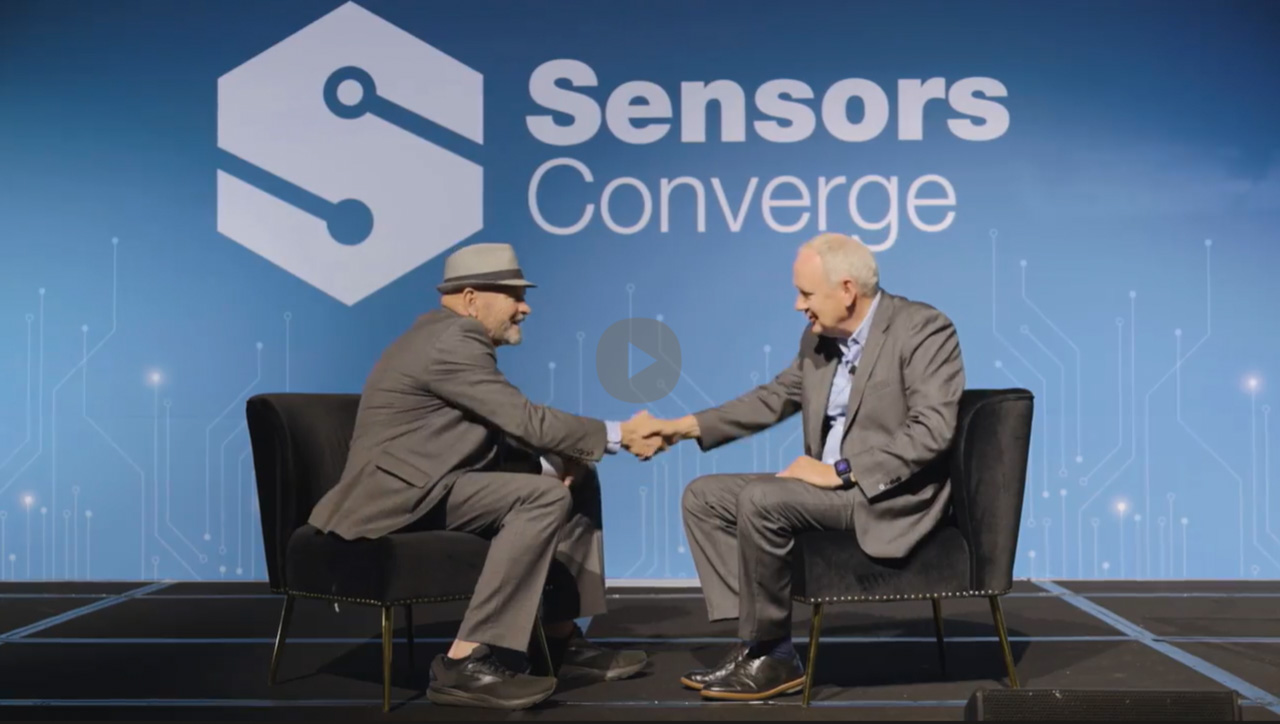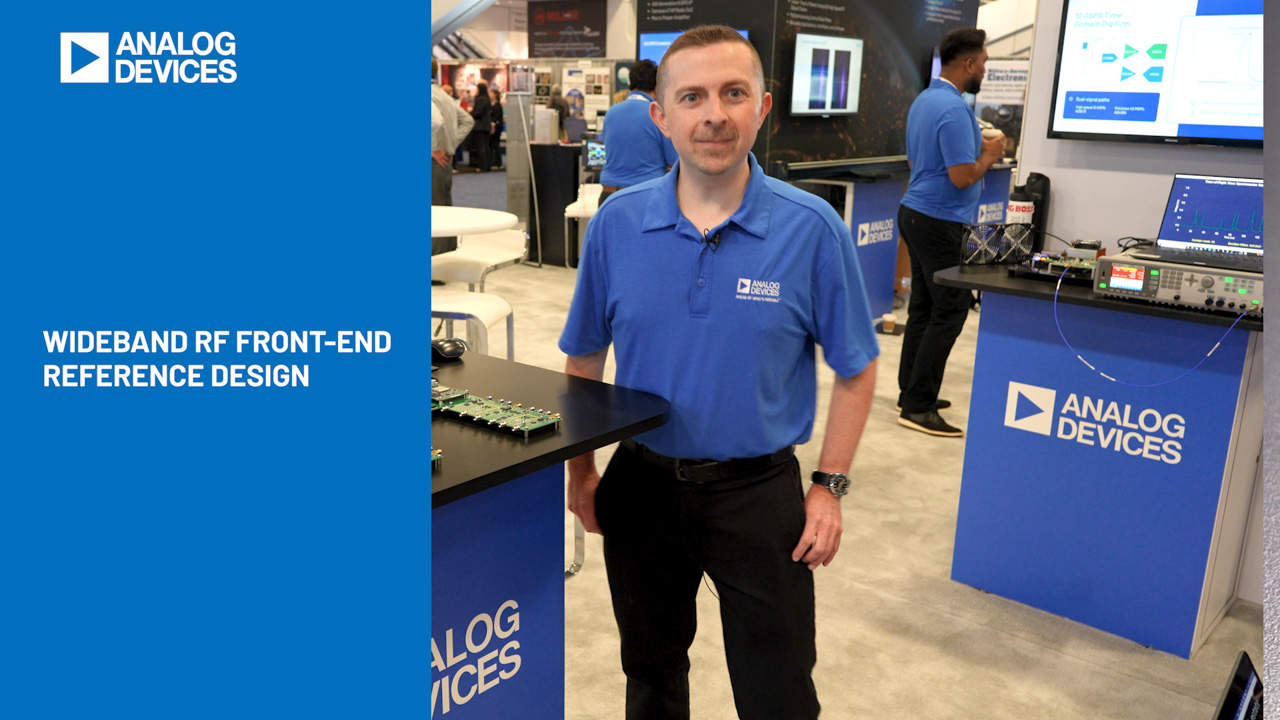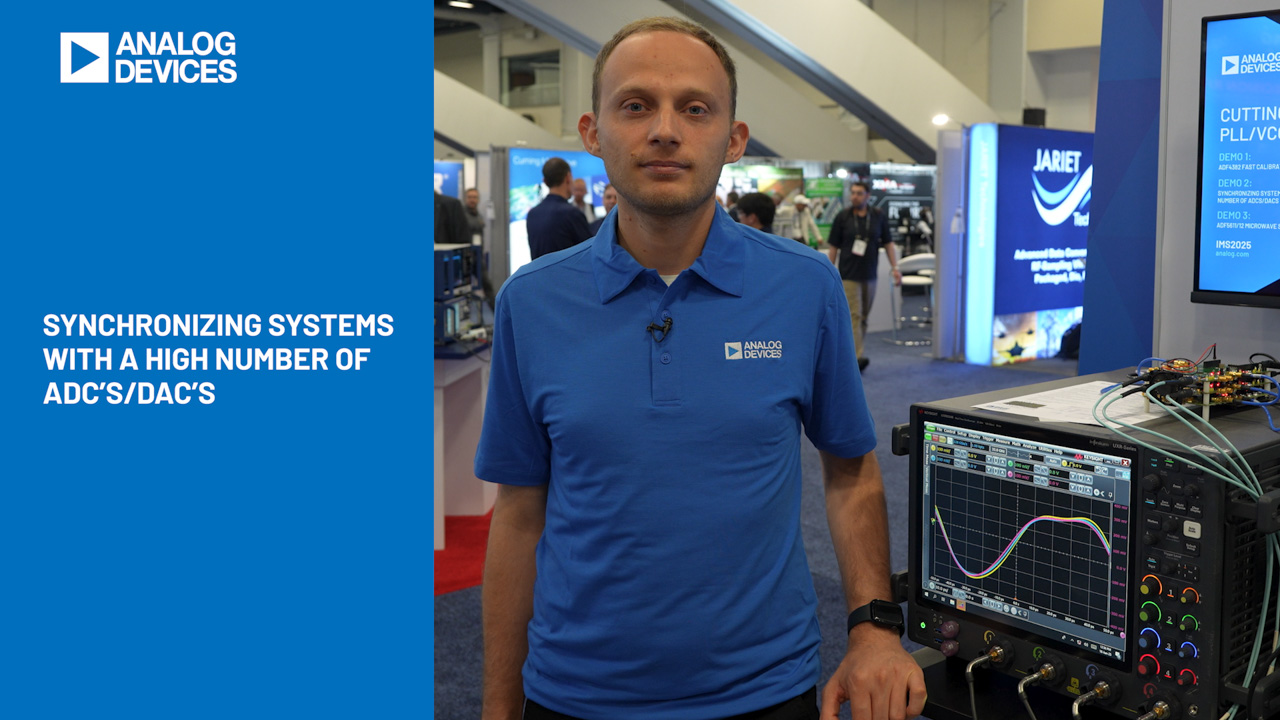Maximum SNR vs Clock Jitter
When designing the clock network for a high speed ADC one of the most critical parameters is jitter. The amount of clock jitter will set the maximum SNR that you can achieve for a given input frequency. Most modern high speed ADCs have about 80fs of jitter, and the encode clock of the ADC should be in that ball park.It certainly should be less that 1ps for maximum performance of the ADC.
The relationship between SNR and jitter is given by this equation:

Where fin is the frequency of the input signal, and tj is the jitter of the clock. The equation shows that for a high frequency input signal and a fixed amount of jitter the maximum SNR will decrease. This is because a faster slewing signal will have more of a voltage error with a given amount of jitter:

For input signals that have relatively low frequency content, under 1MHz lets say, the clock jitter becomes less critical, but when the frequency of the input signal is several hundred megahertz the jitter on the clock will be the dominate source of error, and will be the limiting factor for SNR.
Here is an easy chart that shows how SNR degrades with input frequency and jitter from the clock:

Simply find the input frequency you are using on the X axis, and the required SNR on the Y axis, and you can see exactly how little jitter you will need on your clock to achieve the desired SNR. In order to combine the jitter from the clock with the jitter from the ADC you will need to sum the two terms in terms of power.
For example if you have a 100MHz input signal, and you want 78dB of SNR you will need a clock source with less than 200fs of jitter. Typical FPGAs will have up to 50ps of additive jitter, and should not be used an ADC clock. Typically VCXOs and low jitter PLLs are the best ADC clock sources.
It is important to note that these equations are derived from standard sampling theory and apply to all ADCs, from any manufacturer.
When designing a system with a high speed ADC it is important to consider clock jitter. It can severely limit the SNR you can achieve in a system, and can potentially be a show stopped in a system design. Keeping the clock jitter as low as possible is just as important as the design of the front end circuitry. It should not be an afterthought, but should be considered in the first stages of the design.
About the Authors
Beginning with the DC1151, a demo board for the LTC2246H, Clarence has designed nearly all of...


